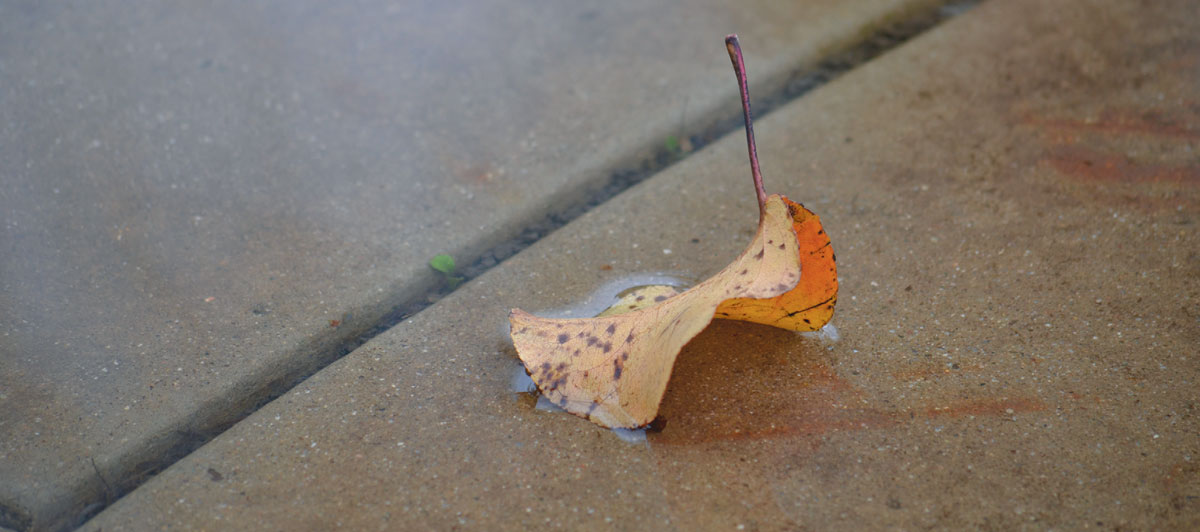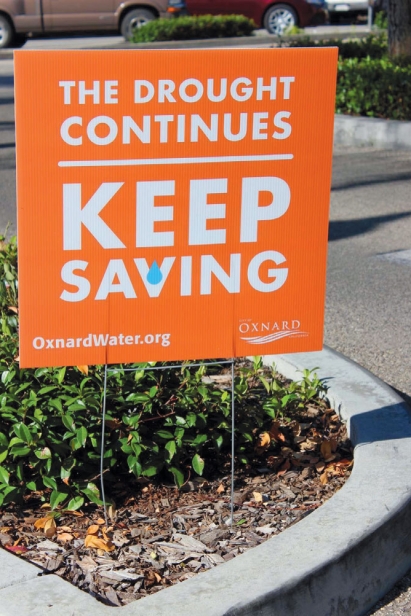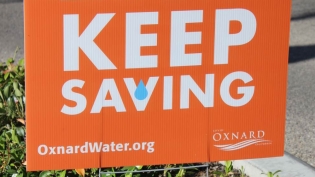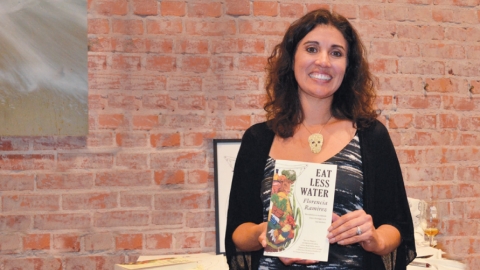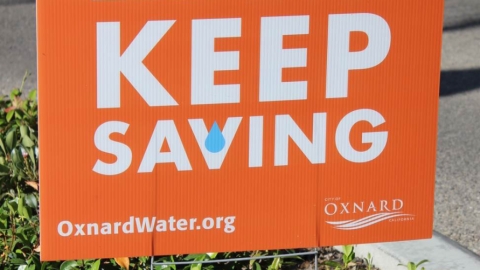Don't Just Conserve Water, Keep It
"The grass will be dead in a week,” my neighbor says as he offers to spray my lawn with herbicides. Alluring though his offer was to save me the time and backache of peeling back portions of my lawn and replacing them with a drought-tolerant landscape, I politely pass on his offer.
The herbicide would do more than kill unwanted plants; it would kill billions of beneficial microorganisms hidden in the soil, diminishing the soil’s natural capacity to keep water.
Healthy soil is alive with fresh plant residues and living soil organisms, decomposing organic matter and humus—together referred to as soil organic matter (SOM). It can retain up to 10,000 times more water than soil without, according to the USDA Natural Resources Conservation Services. It is rich organic matter thriving in the soil that keep crops and pasture verdant with less irrigation, I’ve learned from farmers in California and around the country.
From California to Tennessee, we’re told to “Conserve Water.” But this strategy is narrow, focused on water reduction measures like low-flow shower heads/toilets, water-efficient appliances and turf removal. While these measures are important to reduce consumption (speaking as someone who sold 80,000 shower timers), this limited approach fails to recognize the more pressing need to keep more water.
To explain, let’s examine rainfall totals during California’s 10-day storm last December. The storm dumped 10 trillion gallons of water on the state, nearly the amount of water NASA scientists estimate California needs (11 trillion gallons) in reservoir storage to end the drought.1 The storm did little to replenish low water storage. Runoff and evaporation snatched two-thirds of the rainfall, and we can expect similar levels of water loss from this winter’s predicted El Niño weather system.
My neighbor’s backyard is pavement, and he has swapped out his front lawn with artificial turf. Replacing grass with concrete and plastic grass conserves water, as urged by water agencies, but these water-saving strategies fail to keep water.
These measures prevent rainfall from infiltrating through several layers of earth, thus impeding replenishment of groundwater supplies.
A paper published in Enviro Health Perspectives Journal found that a 20–30% drop of infiltration impacts surface streams, rivers and lakes fed by groundwater.2 A quarter of a million U.S. acres are paved or repaved every year, according to Bruce Ferguson, director of the University of Georgia School of Environmental Design, and author of the book Porous Pavements.
The city of Chicago began repaving its 1,900 miles of alleys with permeable pavers, or permeable asphalt, under the Green Alleys program a decade ago. These green alleys absorb up to 80% of rainwater, decrease persistent flooding of alleyways, reduce storm water in sewers and recharge groundwater. The program now includes 3,775 miles of streets.3
With funding from Prop 84, a bond passed by voters in 2006 to reduce water pollution from storm water runoff, the county of Ventura in 2014 retrofitted the Ventura County Government Center parking lot with permeable gutters. Captured water from the gutters is diverted away from the storm drains that lead to water bodies and ocean. Instead, the water flows to an underground infiltration system designed to replenish groundwater levels. The infiltration system installed at the County Government Center captured over 60% of runoff from the 39-acre parking lot during the 2014–15 rainy season.
A similar project is under way in El Rio. Numerous small-scale systems have been implemented to meet Regional Water Board regulations for new development and redevelopment projects.
Both capturing rainfall and reducing water consumption will help to buffer against future droughts, but future projects are pending until funding sources are identified, according to Ewelina Mutkowska, storm water program manager for the county of Ventura.
Collectively, we have transformed our urban landscapes and farmland into quasi-pavement and paved over the rest. Until we “act differently,” as urged by Governor Jerry Brown when he announced new water mandates, California—including Ventura County—will continue to lose two-thirds of its rainwater and moisture when it has none to spare.
1Science.Nasa.gov/science-news/science-at-nasa/2014/16dec_drought
2Frazer, Lance. “Paving Paradise: The Peril of Impermeable Surfaces.” Enviro Health Perspectives 113.7 (2005): A456-462. National Center for Biotechnology Information. U.S. National Library of Medicine, 24 Dec. 2005. NCBI.NLM.NIH.gov/pmc/articles/PMC1257665.
3City of Chicago. The Chicago Green Alley Handbook. Chicago: City of Chicago, 2010. City of Chicago. Web. CityofChicago.org/dam/city/depts/cdot/Green_Alley_Handbook_2010.pdf.
A resident of Oxnard’s Historic District, Florencia Ramirez is a policy researcher trained by the University of Chicago Harris School of Public Policy. Her forthcoming book, Eat Less Water, was honored by A Room of Her Own Foundation. Visit her blog at EatLessWater.com.


